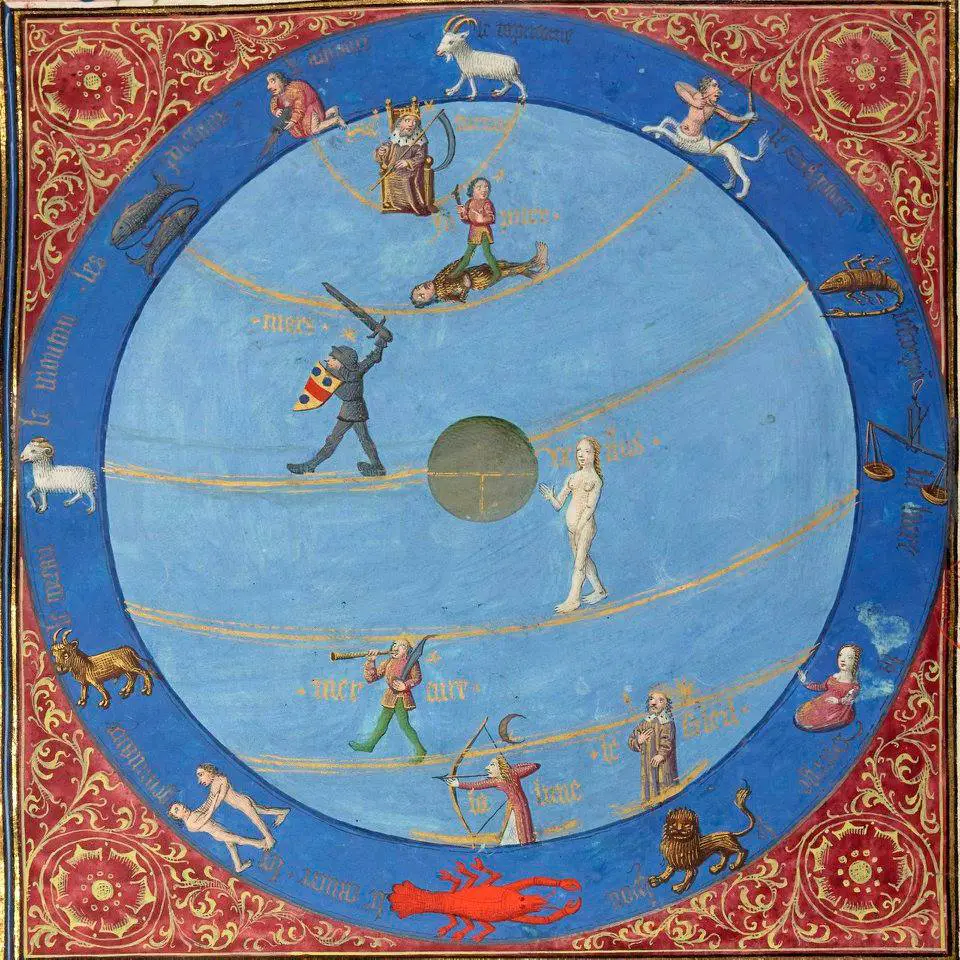Tag: Hamlet
Hamlet, or of infinity and action
Mythical-anthropological portrait of the protagonist of one of the most paradigmatic Shakespearean plays: reflections on the Dionysian Man in front of Mælström and non-sense, on the "border" where Hamlet reigns as "Fool", on the existing dichotomy between visible-tangible and invisible -intangible.
Stellar symbolism and solar symbolism
di Andrew Casella
cover: "The zodiac and the planets" by Bartholomeus Anglicus, taken from De proprietatibus rerum, Ahun 1480
[follows from Cyclic time and its mythological meaning: the precession of the equinoxes and the tetramorph e A Science in Tatters: Survival of the Doctrines of Cyclic Time from the Timaeus to the Apocalypse]
To resume the common thread of the images that we introduced in the first two appointments of this cycle, in the light of the previous considerations, it might be useful to quote a passage from Norse mythology.



